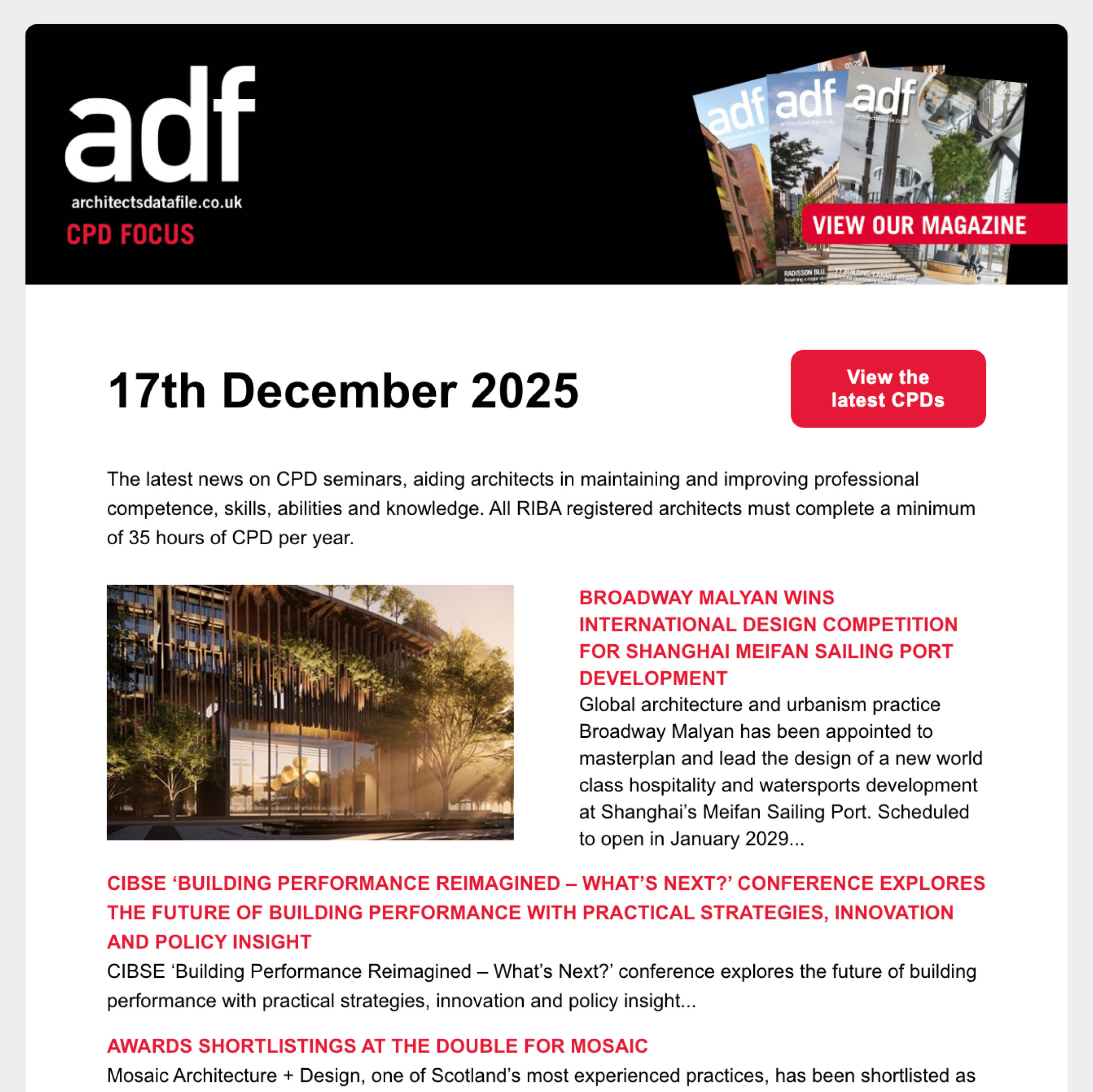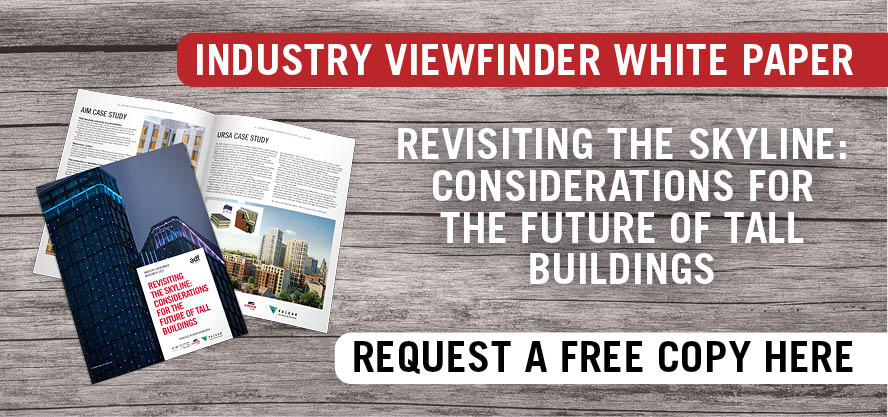Surface water flooding threatens more people and properties than any other form of flooding in the UK. Despite government planning guidance requiring the use of Sustainable Drainage Systems (SuDS) wherever possible, many schemes feature impermeable surfacing materials such as Dense Bitumen Macadam (DBM), tarmacadam (tarmac) or Asphalt Concrete for roads and pavement surfaces rather than permeable paving because of perceived cost savings. So, here, Craig McBride, Technical & Product Training Manager at Tobermore, examines the benefits of permeable paving and whether the costs really stack up for asphalt.
Increased urbanisation and rainfall intensity are directly linked to surface water flooding. Several times during September 2024, parts of the UK experienced flooding after a month’s rainfall fell in a day. This isn’t a rare event; according to the State of the UK Climate report, winters are getting wetter and summer rainfall intensity is increasing. At the same time, increasing use of impermeable hard surfaces in infrastructure and construction means that rainwater often ends up overwhelming the drainage system whilst the surrounding landscape cannot absorb it.
By comparison, SuDS schemes are designed to reduce flood risk by mimicking natural water absorption. As a result, in England, developments of 10 dwellings or more (or the non-residential equivalent) must include a SuDS solution, unless it’s deemed inappropriate. SuDS solutions are mandatory in Wales on all developments with a construction area of over 100m2.
Permeable paving is ideal for developers.
Although there is a wide variety of SuDS techniques available, permeable paving is arguably the most versatile solution available to architects. It can be used as a standalone solution for roads, pavements, driveways, patios, and public realm or in conjunction with other SuDS devices.
Permeable paving prevents surface water flooding by allowing rainwater to pass through the joints between blocks. It can then either drain directly into the ground or is attenuated and slowly released into secondary drainage systems. The surface water is filtered at the source by trapping and breaking down harmful pollutants within the stone.
As well as satisfying the legislative requirements, permeable paving offers architects an array of design options to support contemporary and traditional-style schemes. It comes in a variety of colours, finishes and surfaces, including those designed to reduce the risk of slips and skids. Using clear designs or blended tones allows the designer to create striking designs, while also ensuring the space is suitable for everyone. Furthermore, permeable paving is almost indistinguishable from standard block paving, which helps to create design cohesion throughout a scheme.
In contrast, asphalt offers little in the way of design options. It has a shiny surface that can appear wet, which can be unnerving for people with limited mobility. Furthermore, the high contrast between tarmac and paving can give the impression that there are steps or barriers to people with dementia or those who are blind or partially sighted.
While the design options can be appealing, budgets can be limited, so architects naturally need to ensure that the costs stack up.
Compare the whole-system cost
There’s an assumption that tarmac costs less than permeable paving – and it’s true if you simply look at material costs. However, comparing the whole-system cost, including all the materials and labour needed to construct the road or hard landscaping solution, shows permeable paving typically costs around 13% less than a tarmac solution.
All traditionally built roads, highways and adopted roads must have a drainage system, including pipework, manhole covers and gullies. These elements are not required for a permeable paving system.
A tarmac system also requires regular gully cleaning to keep it free of debris; otherwise, the drainage will, in time, fail. In contrast, tests carried out by Dr Sonke Borgwart showed that a 15-year-old permeable pavement which had not been cleaned still allowed 400mm of rainfall. This exceeds the 100mm per hour of rainfall that is likely to be experienced during an extreme storm in the UK.
A well-designed SuDS scheme and drainage strategy can easily absorb extremely high rainfall levels that would overwhelm traditional drainage systems – leaving businesses, homeowners and local authorities to pick up the associated clean-up costs.
All this demonstrates that architects designing hard landscaping schemes don’t have to compromise. By specifying permeable paving they can enjoy design freedom, ensuring their clients benefit from cost savings and reduced maintenance while futureproofing their schemes by helping to protect homes and businesses from the devastation of flash flooding.



